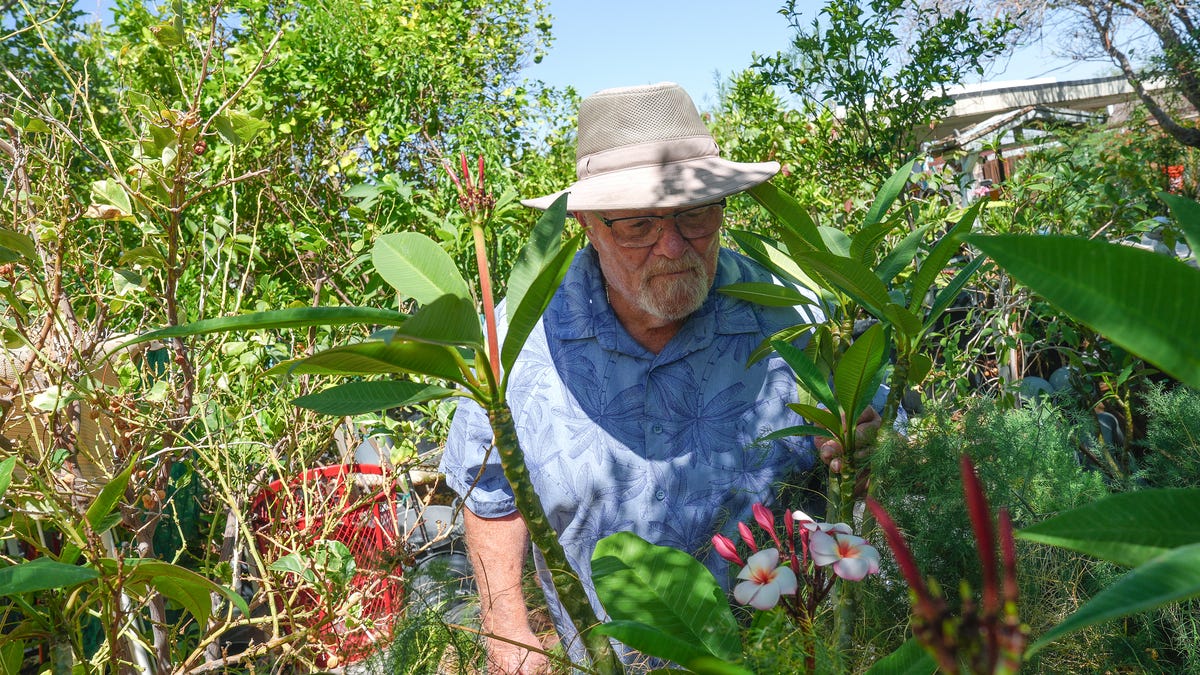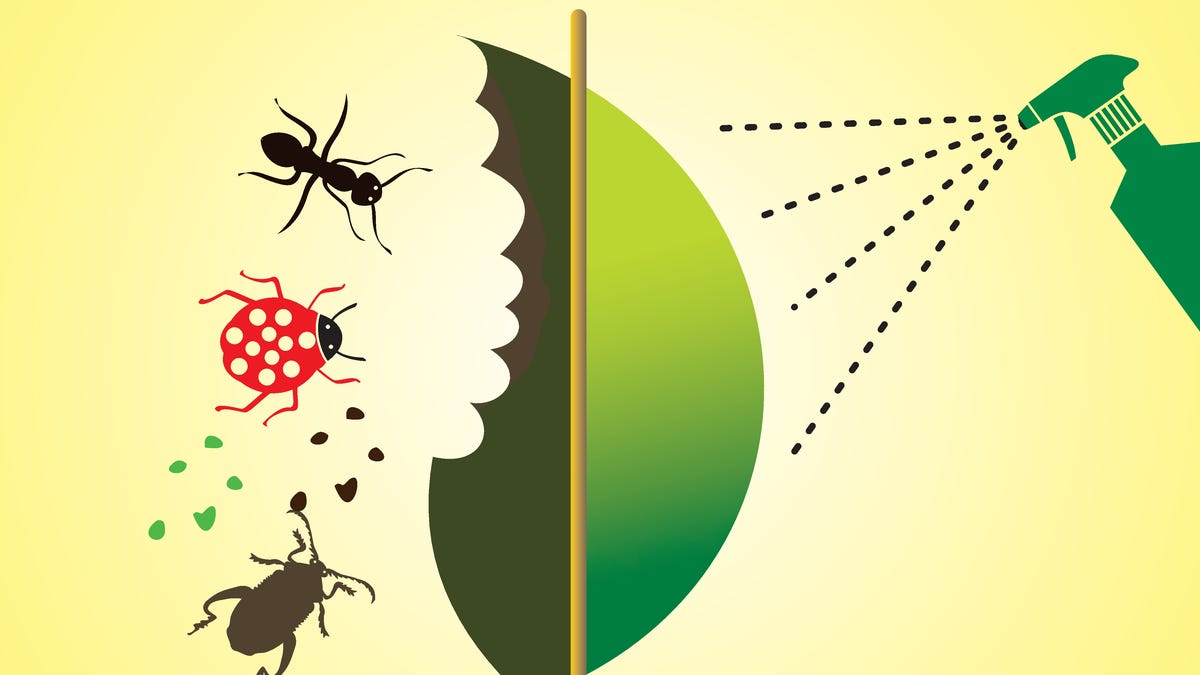As temperatures warm and perennials start to pop up, gardeners across Michigan are digging out bulbs and organizing seed packets for another season of growing.
But not all flowers and plants grow well in certain regions. A big factor in where certain things grow best is your area’s cold season.
The U.S. Department of Agriculture maps that, calling them “plant hardiness zones.” Plant hardiness zones show the winter temperature range of an area – specifically its average annual extreme minimum temperature from the past 30 years.
The USDA takes those temperature findings and assigns regions ― broken up by ZIP codes — with a zone designation of 1 through 13. Each number represents 10-degree blocks of the 30-year averages of winter temperatures. Further, each zone is split into half zones, marked a and b, to give a more granular look.
Zone 1a, the coldest, represents an average lowest temperature of minus 60 to minus 55 degrees. The hottest, Zone 13b, has an average lowest temperature of 65 to 70 degrees.
Michigan’s zones range between 4 (minus 30 to minus 20 degrees), to 6, (minus 10 to zero degrees). However, nearly 75% of the state sits with Zone 6a and Zone 6b, as shown below.
But what do the zones mean? They’re key in figuring out which plants can grow in your area, and when you should plant/harvest them.
For example, in Zone 5, it’s recommended to plant carrots, kale, onions, peas, peppers, spinach and tomatoes in early April. But in Zone 6, those should be planted in mid-March — with the exception of carrots (still should be planted in early April) and spinach (which should be planted in early March).
Seed packets often list what zones the plant will grow best in.
While you can’t grow tropical fruit trees and other exotic plants native to super-warm climates, there are hundreds of plants and flowers that can thrive in Michigan, as long its done in between the last frost date of spring and the first of fall.
For example, tomatoes prefer warmer temperatures, but can grow in colder zones, provided they’re planted after the last frost of spring. There’s no exact prediction on when the last frost of spring will hit, but approximations range based on the zone.
Related: Garden Talk: With extremely warm air in early March, should we be starting our indoor veggies?
The last frost of spring for Zones 5-6 is typically in early April, and the first frost of the fall is mid-to-late October.
Zone 4, only found in parts of the western Upper Peninsula, has the shortest growing seasons of all plant hardiness zones in the contiguous U.S. states. Its frost-free period only goes from early June until early September, according the Farmer’s Almanac.
The USDA has calculated plant hardiness zones for 60 years, most recently updating them in 2023. Millions of gardeners use those zones to determine their growing period, but it’s important to note that microclimates in the same zone can dramatically alter temperature ranges.
If your garden faces south, has high quality soil and irrigation, it could operate in a temperature zone different than a neighboring garden.
Nevertheless, it’s a solid benchmark based on thousands of weather stations across the country collecting temperature data for decades, and its still an effective tool for planning.
Below is a searchable database, by ZIP code and city, of all the zones that blanket Michigan. Also included is the USDA’s report from 2012 — the last update prior to 2023′s — to see if a region has changed or remained the same in the past 11 years.
Almost all of the lower half of central Michigan and the western side of the Upper Peninsula have warmed by an average of 5 degrees over the past 10 years.
Nationwide, the U.S. is averaging about 2.5 degrees warmer than in 2012, while in Michigan, more than 40% of the ZIP code regions changed zones from 2012, the last time the USDA updated the information. The vast majority moved into a 5-degree warmer zone.
Before/after images of hardiness zones by ZIP codes, from 2012 to 2022. The areas outlined in red represent those with the most change in average cold temperatures over the past 10 years.Scott Levin | [email protected]
Related: Swaths of Michigan plant hardiness zones warmed 5 degrees in 10 years
In the map, above, the red boxes are the parts of Michigan that have seen the largest changes.
Ultimately, this equates to a slightly longer growing season for gardeners.
To read more MLive data stories like this, visit mlive.com/data.









